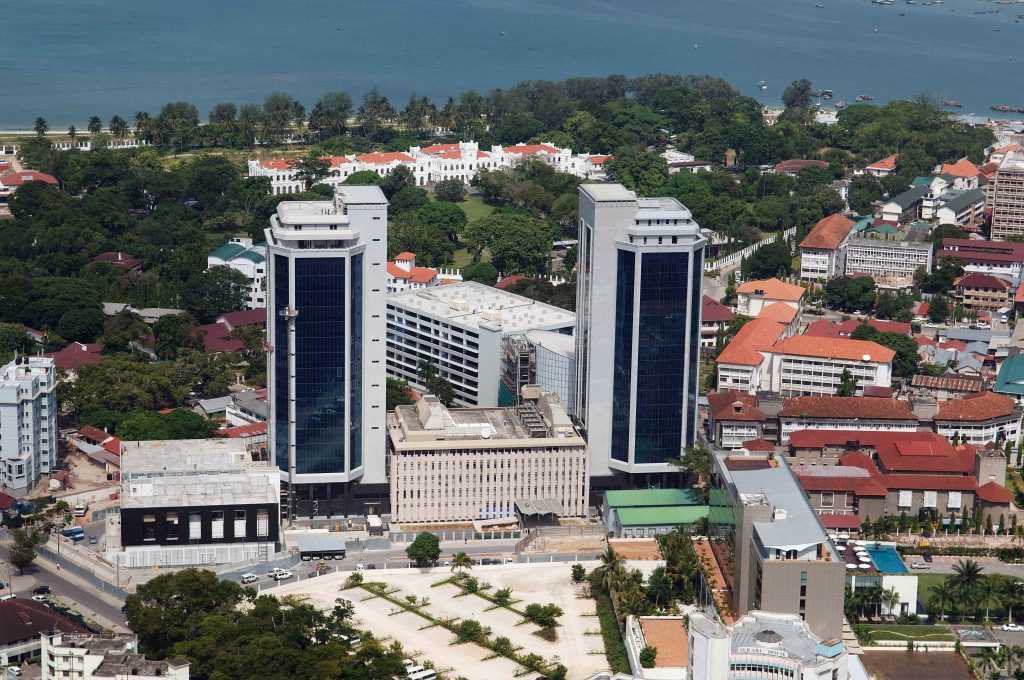Written by Faridah N Kulumba
Africa-Press-Tanzania Tanzania’s national debt stood at $36.08 billion by the end of November last year, up to $5.34 billion year-on-year from November 2020, according to the latest figures published by the central bank.
External debt closed at $27.95 billion, a $215.8 million drop from October which the Bank of Tanzania attributed to debt servicing payments outweighing disbursements during the month. But the debt was still higher by $4.12 billion compared with November 2020.
Resgnation
The figures were released against the backdrop of disparaging remarks over Tanzania’s rising debt by the then National Assembly Speaker Job Ndugai, triggering a political backlash that led to his subsequent resignation.
According to the Bank of Tanzania (BoT), debt service payments in November amounted to $171.4 million, of which $114.2 million was in the form of principal repayments and the rest representing interest.
Distribution
The government continued to dominate the external debt by borrower category, accounting for 73.4 percent, with debt to multilateral institutions accounting for the largest share (44.1 percent) followed by commercial creditors (34 percent). At least 23.1 percent of external borrowing
went to finance transport and telecommunications-related activities, social welfare and education (16.1 percent), and energy and mining (16 percent.)
Domestic debt
Domestic debt stock increased by $439.37 million from October and $1.2 billion from November 2020. The monthly increase was mostly due to the government’s use of BoT’s overdraft facility, the bank explained. It said Treasury bonds issued by the government accounted for 83.8 percent of the total domestic debt while commercial banks and pension funds remained the largest creditors, altogether covering over 60 percent of the debt.
Treasury security
Treasury securities at just under $180.5 million in total value were issued for budgetary operations, of which treasury bonds covered $135.29 million and treasury bills 103.8 billion ($45.15 million).
Current account deficit
Imports
BoT says the current account deficit widened to $1.78 billion during the year ending November 2021 from $1.14 billion in the corresponding period for 2020, driven by higher imports of goods. The increase was observed in all import categories, with a significant rise in oil, industrial raw materials, and transport equipment.
Foreign financial
The overall balance of payments improved from a deficit of $906.4 million to a surplus of $1.90 billion, BoT said was due to foreign financial inflows.
Exports
Exports of goods and services also recorded higher figures of $9.79 billion in the year ending November 2021 compared to $8.61 billion in the corresponding period in 2020, driven mainly by a 12.5 percent rise in the value of non-traditional goods exports to $5.76 billion.
Gold exports accounted for 44.1 percent of total goods exports ($2.81 billion), while exports of manufactured goods increased in value year on year from $894.8 million to $119 billion thanks to more exports of cosmetics, iron, steel, plastic, and paper products.
According to BoT, there was also a noticeable growth in exports of rice, maize, and beans to neighbouring countries, reflecting an improvement in regional trade.
Consequences
External debt is considered as the significant source of income for less developed countries, especially the Sub-Saharan African Countries. Tanzania as one of them also relies on external debt to finance its saving-investment gap, budget deficit, and balance of payment deficit. However, the economic impact of debt would feedback into debt levels, primarily by lowering revenue, increasing interest spending, and lowering GDP level forcing the country to depend more on the donors.







